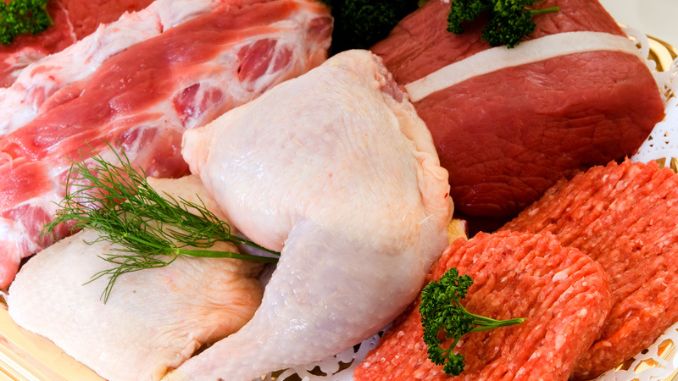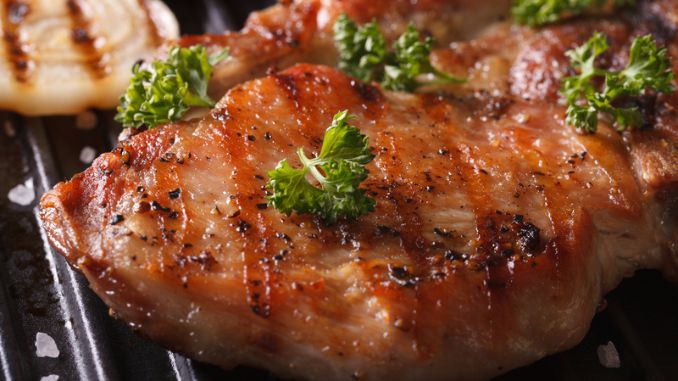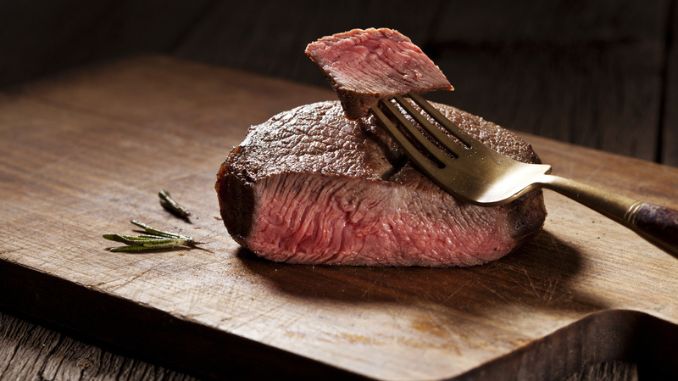The debate between red and white meat has been going on for a long time. Over the years, many people have blamed red meat for many health issues, such as cancer and various heart diseases. With many references against red meat, it’s not surprising that many people have come to dislike it.
Are you conscious of what you eat and have been trying to turn your diet around? Don’t be too fast in joining the bandwagon and weighing in on the red meat vs. white meat argument.
Here’s what you should know about it:
Red Meat Vs. White Meat
-
Color
Ever wondered why these types of meat are different in color? This is the most obvious distinction between the two. Red meat is darker as it comes from parts regularly used for steady movements like walking. On the other hand, white meat comes from parts used only for short bursts of activities. The more muscles are used, the more oxygen they receive. This means these muscles contain more dark-colored protein that carries oxygen.
-
Fat and Calories
Fat and calorie content are essential factors when discussing red meat vs. white meat. In general, red meat has more calories and fat in it. However, it’s important to note that lean red meats contain just about the same fat and calories as white meat. So, if you love red meat but are worried about calories and fat, choose healthy meats like grass-fed beef and turkey.
According to the Department of Agriculture, a hundred grams of beef could give you 33% of your required dietary allowance of vitamin B6 and 17% of your RDA for vitamin B12. Fowl offers 2% fewer B vitamins than red meat could give you.
Healthy Meats to Eat
Now that you know the factors affecting the red meat vs. white meat controversy, it’s time to choose healthy meats to eat to achieve your weight management goals.
As you can see, picking the right type of meat isn’t always as simple as choosing between red and white meats. There are different types of meat in these two categories that you should and shouldn’t avoid.
Here are a few suggestions to get you started:
- Poultry – Poultry isn’t always as healthy as you might think. To limit calories, don’t fry it. Grill, bake or broil it. But remove the skin and you’ll only be taking in the good parts.
- Lamb – The good thing about lamb –and pork –is that you can easily spot where the fat is. Unlike other types of meat, lamb makes it more convenient for you to avoid the bad stuff. Just slice out the fat, and you’re good.
- Pork Tenderloin – Don’t let the word “pork” dissuade you. Pork tenderloin is a great source of protein.
- Ground Beef – Did you know that a three-serving of 95% lean ground beef only has 164 calories? For better nutritional value, go for grass-fed beef.
- Turkey – Turkey breast is probably the leanest meat you’ll find on the market. If you’re getting 99% lean ground turkey, be aware that it could be very dry when cooked. To add moisture and improve flavor, consider adding finely diced onions and red pepper.
The Better Meat
At this point, you’ll probably wonder what wins between red meat vs. white meat. Red meat isn’t always the bad guy. It all boils down to what you need and how you prepare your food. You may have chosen lean ground turkey, but if you soaked it in oil to cook, you’d still be getting more calories than you bargained for.
The competition between red and white meat is a matter of preference. Before you decide to take out one type of meat from your diet, make sure you’re fully informed about what you’ll be missing out on when you do.

Rick Kaselj MS, is a leading kinesiologist and injury specialist as well as co-creator of the best-selling Unlock Your Hip Flexors program. Rick creates exercise programs that help people heal injuries and eliminate pain, so they can go back to living a full, active, healthy life.







